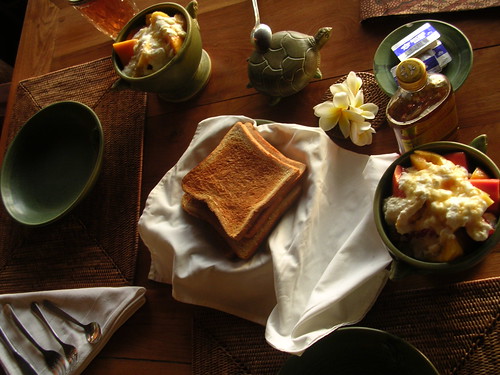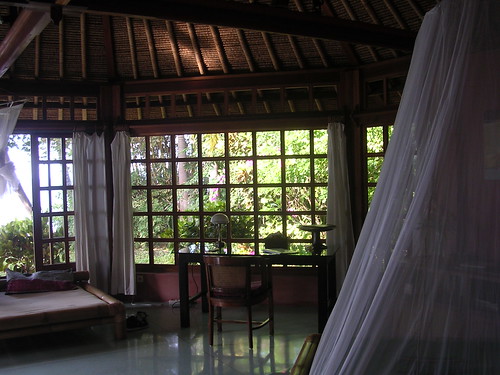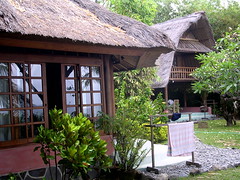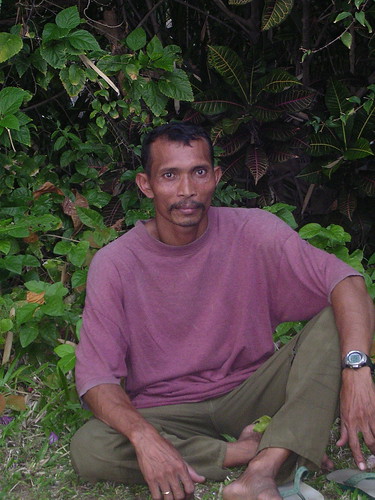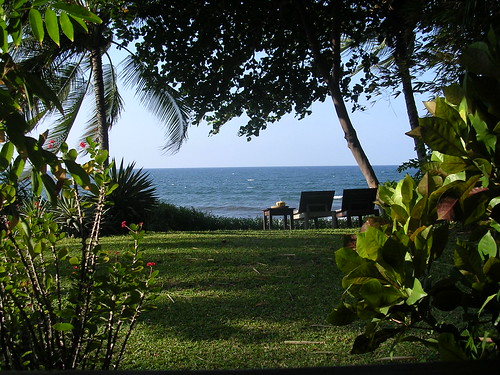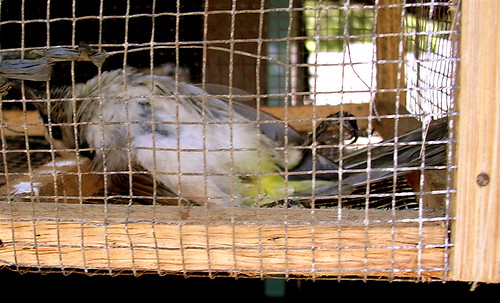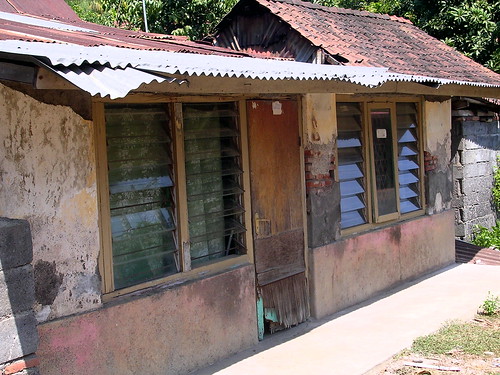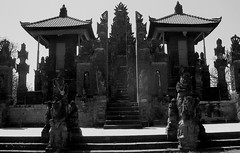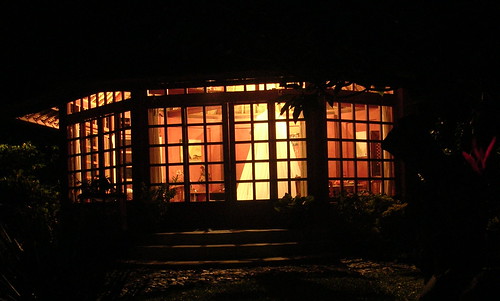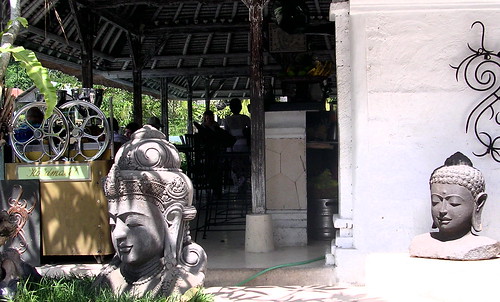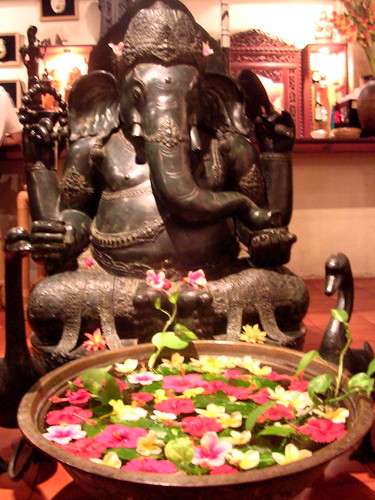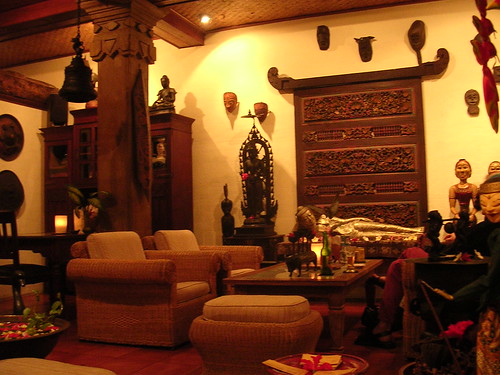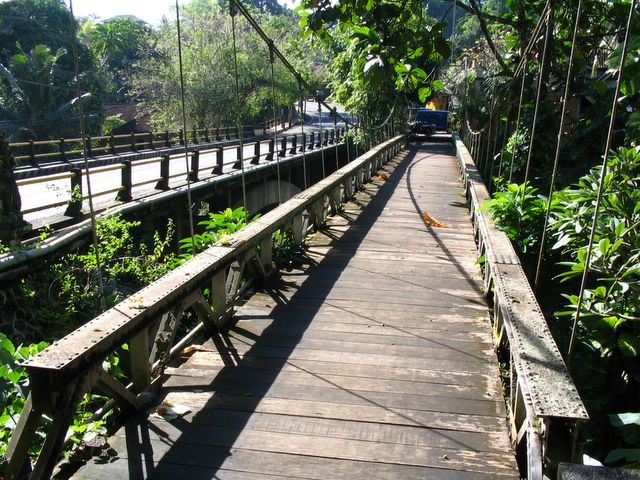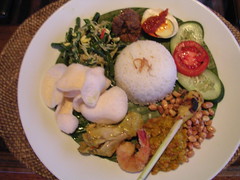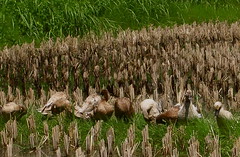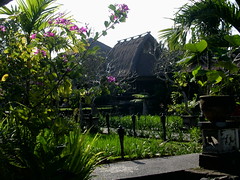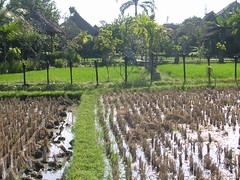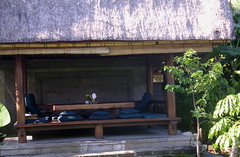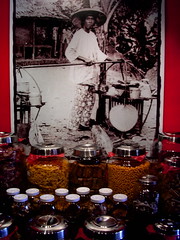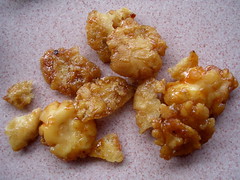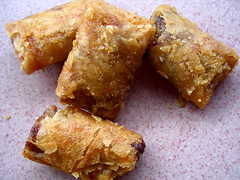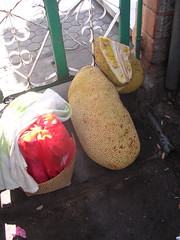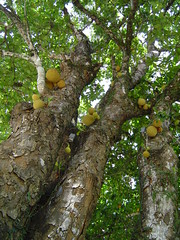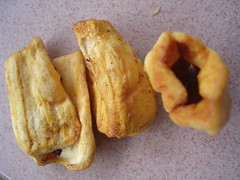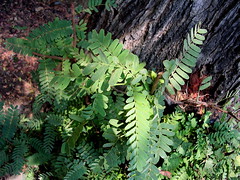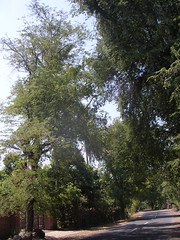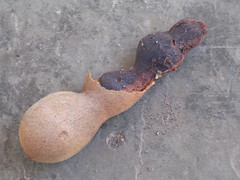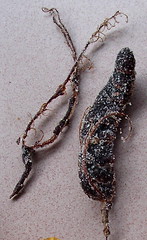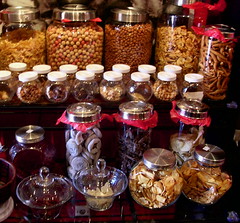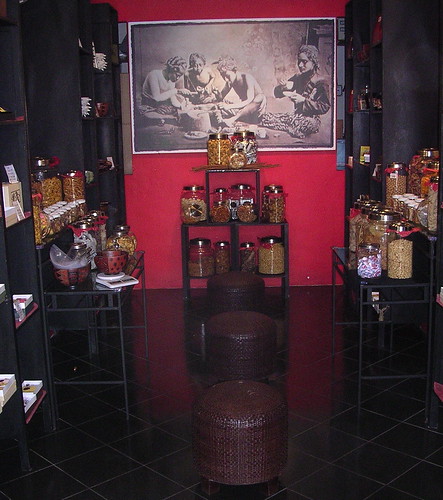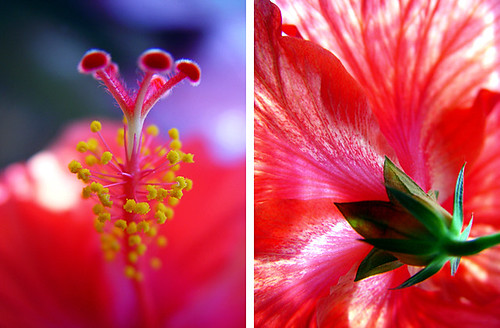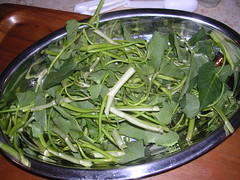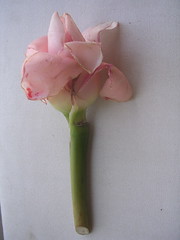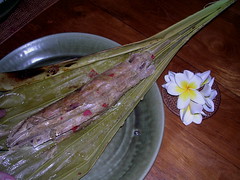I'm so sorry. I know this is supposed to be a blog about nasi campur, and where to stay in Bali if you're a progressive but sceptical young white western man, but I'm getting increasingly distracted about the execution of Van Nguyen.
I very much like the look of
Mr Darren's Singapore blog. I like his letter to drug dealers, and the comments which follow it. It took a Singaporean's blog (or the blog of a person in Singapore? I wonder) to lead me back to Melbourne University's Associate Professor
John Fitzgerald's analysis of the actual potential end-user effect of the importation of 400 g of heroin (a year's worth for 6 to 8 dependent users; only 10 to 30% of heroin users need treatment), as well as to Phillip Adams' piece on the Van phenomenon.
What I find odd about this episode is the special treatment accorded in the public mind to Van Nguyen. The "and back home now" parochialism which seems to be accepted as a natural facet of the nation state seems to extend to him without much question. It's coz-he's ozzie we're upset about this execution.
[How, conversely can we be so ambivalent about David Hicks, the quintessential Ozzie adventurer who is penning
a fishing novel in prison, and enjoys skinning roos? Because we can understand drugs at least at one level (bad, but everybody's doing them arent' they?), and hanging (barbaric!), but terrorism is difficult? America's spinning it, England's spinning it, and Australia's spinning it, and theh spin is easy: terrorism plays on our fears of indiscriminate violence (unlike drugs, which wouldn't happen to us). Or is it only because of his association with bearded fundos we intensely distrust, and dislike?]
But can someone answer this? This is the kind of thing I think about all the time. What about the young girls being gang raped by the state-sponsored Janjawid in Sudan, the kid dying of diarrhoea in Chad because the aid for the new well has been siphoned off by a military thug to bribe the university to let his malicious little son into computer studies, the human rights campaigner murdered by the state? Compared to Van Nguyen, these people are infinitely more deserving of our sympathy. Why shouldn't we just look at Van Nguyen and say, uncaringly, "so what?" as we do in relation to each of the above examples of state sponsored death which is infinitely more likely to be moderated by a sustained international campaign, and which we know to be happening over and over again?
The only answer I can put up is coz-he's ozzie, even though he's not, in the minds of those for whom I imagine the coz-he's ozzie thing matters most, in the sense that his Mum can't even read English. I'm relatively confident this outpouring of love for this comparatively un-innocent kid is not about capital punishment. Most Australians are not exactly implaccably opposed to it -- it was only rid from our statute books in 1985 and our Prime Minister brayed for it behind carefully chosen code in the case of the Bali bombers -- particularly in these difficult times, when we might just have to dust it off if we are to preserve our all important
way of life. It's about Chinamen being disrespectful to an Ozzie.
Of course I think a kid who's nowhere near organising the heroin trade shouldn't hang. Of course I think capital punishment is abhorrent. But I am already so worn down by the preventable misery of the unAustralian world that it surprises me that so many find it in themselves to become so passionate about this already over-resourced campaign over something so trifling in the catalogue of global misery?
Bali
